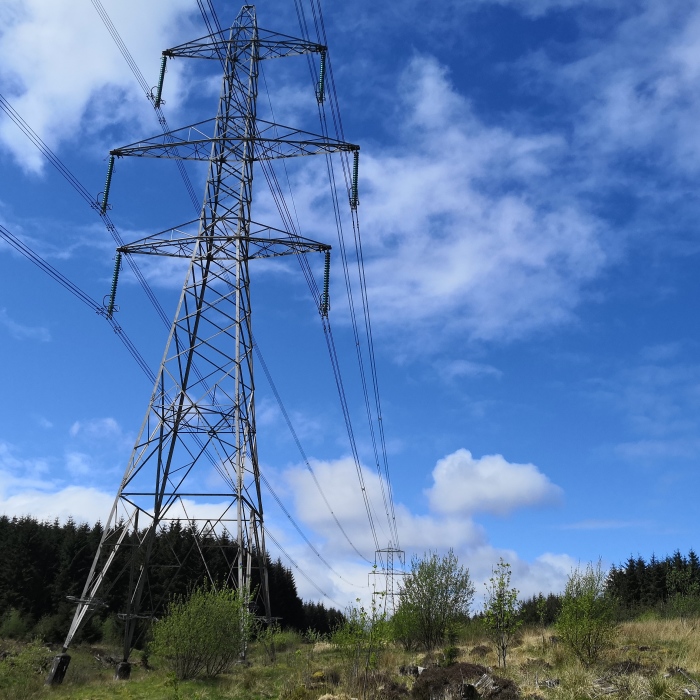A £90 million upgrade of one West Country power line will now bring forward connections for 175 clean energy ventures by as much as 12 months, National Grid says.
Replacing high voltage cables between pylons along 50 miles between Bramley, Hampshire and Melksham, Wiltshire will allow them to operate at a higher temperature and thus boost power flows.
New generation projects as far afield as south Wales will benefit, as the NG-ESO begins talks with developers. Some were previously left to anticipate connections as distant as 2028.
Upgrades to approximately 3000MVA will allow increased flow of electricity over the link. Engineering improvements will begin next month and last until October 2025.
The Bramley-Melksham upgrade follows National Grid’s recent announcement of accelerating up to 20GW of grid connections across its transmission and distribution networks, the same as six Hinkley Point C nuclear power stations. Accelerating 10GW of battery storage projects by up to four years is included.
It also builds on pledges this week by the Energy Networks Association to free up 139GW of capacity with operators sharing more information with developers.
National Grid says it is working closely with both the ESO and ENA on their plans to reform the connections process, both of which are key parts of the government’s recently published Connection Actions Plan.
Networks minister Graham Stuart said: “We recently announced the most radical grid upgrade since the 1950s. The plans will halve the time it takes to build power lines from 14 years to seven, and cut the average delay to connect projects to the grid from five years to just six months.
“This £90 million upgrade to the power network means clean energy projects will be hooked up earlier, boosting our capacity and accelerating our path to net zero and greater energy security.”
RenewableUK’s director of future electricity systems, Barnaby Wharton, said: “This is a great example of the way the grid is being upgraded to enable everyone to benefit from the vast quantities of electricity we’re now generating from renewables.




